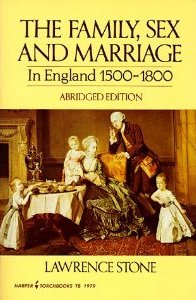Teen Brides & Other Age Related Misconceptions
 A simple question on Twitter about whether readers preferred younger or older heroines led to me want to address what appear to be rather common misunderstandings about the late Georgian/Regency period (much like my Just How Tall Were People? post, I hope this will be helpful to readers and other authors who just want the facts laid out). So we go, let’s spend a little time talking about things like life expectancy and just how old was a girl when she was deemed to be “at her last prayers”?
A simple question on Twitter about whether readers preferred younger or older heroines led to me want to address what appear to be rather common misunderstandings about the late Georgian/Regency period (much like my Just How Tall Were People? post, I hope this will be helpful to readers and other authors who just want the facts laid out). So we go, let’s spend a little time talking about things like life expectancy and just how old was a girl when she was deemed to be “at her last prayers”? My go to book for this is the wonderfully detailed The Family, Sex and Marriage by Lawrence Stone. It’s full of wonderful charts such as the “Proportion of children of peers who reached the age of fifty and never married” to the “Median age at first Marriage of children of peers” and the “Median life-span of heirs of the squirarchy and above who reached the age of twenty-one”.
The editor who posted the original question thought that young (teen) brides were the norm for the Regency and that “30 was middle-aged”. Neither of these statements is true per Stone’s analysis of the historical record (and seeminly large age gaps were not the norm either).
Let’s begin with the most important question: How old were most daughters of the peerage (the most common heroines in our books) when they married for the first time? Stone’s chart shows that during the first part of the era, the median age was ~20-22. Post 1750 (correlating with the passage of Hardwicke’s Marriage Act; Coincidence?), that age jumps up to ~23-24. So, the most common age for the daughter of a peer to marry was not when she was in her teens, but when she was in her early 20s, and an unmarried twenty-five year old would not really be much of an outlier.
Among the sons of peers there is another interesting bit of information: up until c. 1725 the heirs had tended to marry before their younger brothers (~26 vs. ~28). But like the girls, the median age of heirs’ first marriage suddenly jumps up until by 1750 they are holding out until they’re 29-30 (there is no corresponding change for younger sons).
The percentage of peers’ children who had not married by the time they were 50 bounces around between 15%-20% for both sexes, with the percent of “old maids" being a steady 2%-3% larger than that of “confirmed bachelors”.
Finally, life expectancy for these same heirs is in the 65-70 year range (so about 5-10 years less than today, which is unsurprising given the huge strides medicine has made in treating disease and the care of the elderly).
So there’s a little fact-based blog post you can point people to should this crop up again on Twitter (as I’m sure it will) or should a reader ask you about why your heroine is so damn old, LOL!


Comments
Post a Comment